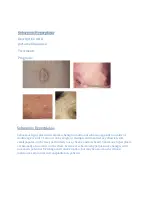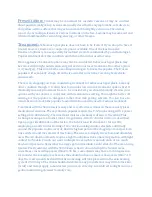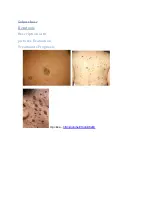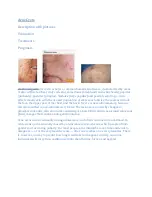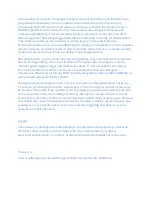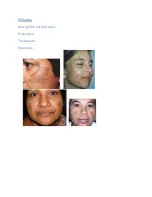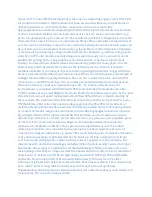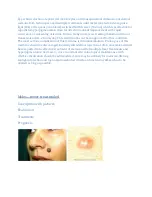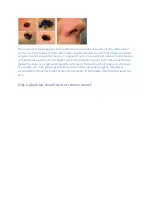
Acne develops as a result of blockages in follicles. Hyperkertinization and formation of a
plug of keratin and sebum (a microcomdeo) is the earliest change. Enlargement of
sebaceous glands and an increase in sebum production occur with increased androgen
(DHEA-S) production at adrenarche. The microcomedo may enlarge to form an open
comedone (blackhead) or closed comedone (milia). Comedones are the direct result of
sebaceous glands’' becoming clogged with sebum, a naturally occurring oil, and dead skin
cells. In these conditions, the naturally occurring largely commensal bacterium
Propionibacterium acnes can cause inflammation, leading to inflammatory lesions (papules,
infected pustules, or nodules) in the dermis around the microcomedo or comedone, which
results in redness and may result in scarring or hyperpigmentation.
Hormonal activity, such as menstrual cycles and puberty, may contribute to the formation
of acne. During puberty, an increase in male sex hormones called androgens cause the
follicular glands to grow larger and make more sebum.
[16]
Use of anabolic steroids may
have a similar effect. Several hormones have been linked to acne: the androgens
testosterone, dihydrotestosterone (DHT) and dehydroepiandrosterone sulfate (DHEAS), as
well as insulin-like growth factor (IGF-I).
Development of acne vulgaris in later years is uncommon, although this is the age group
for rosacea, which may have similar appearances. True acne vulgaris in adult women may
be a feature of an underlying condition such as pregnancy and disorders such as polycystic
ovary syndrome or the rare Cushing’s syndrome. Menopause-associated acne occurs as
production of the natural anti-acne ovarian hormone estradiol fails at menopause. The lack
of estradiol also causes thinning hair, hot flushes, thin skin, wrinkles, vaginal dryness, and
predisposes to osteopenia and osteoporosis as well as triggering acne (known as acne
climacterica in this situation).
Genetic
The tendency to develop acne runs in families. For example, school aged boys with acne
often have other members in their family with acne. A family history of acne is
associated with an earlier occurrence of acne and an increased number of acne lesions.
Prognosis
Acne usually improves around the age of 20 but may persist into adulthood.
Summary of Contents for Skin classic
Page 7: ...Telangiectasia Description with Pictures Evaluation Treatments Prognosis ...
Page 21: ...Flat Hyperpigmentation Descriptionwith pictures Evaluation TreatmentsPrognosis ...
Page 29: ...Skin Tags Description with pictures Evaluation Treatments Prognosis Skin Tag ...
Page 35: ...Melasma Description with pictures Evaluation Treatments Prognosis ...






